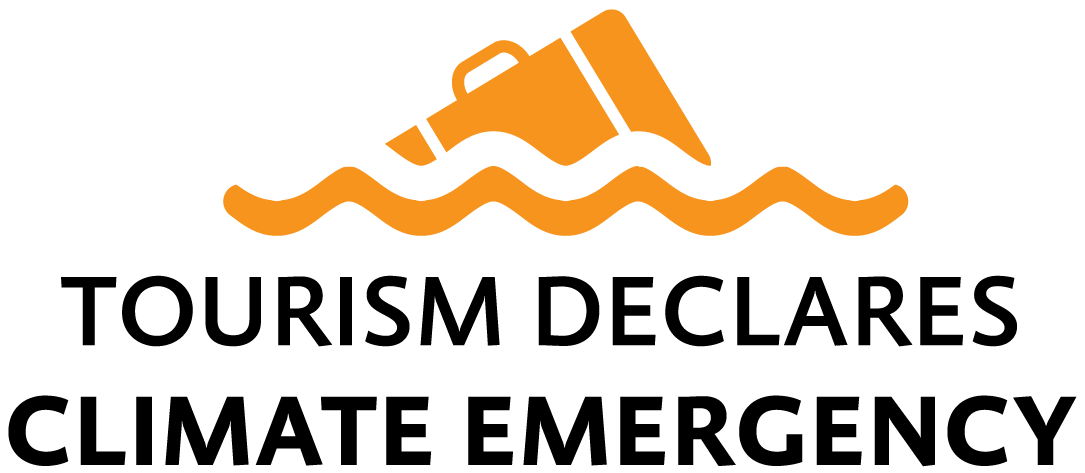How can you measure the emissions across all parts of a business?
World Challenge (Tourism Declares signatory since February 2020) is a leading provider of experiential student travel for schools in the UK and Australia. Their Climate Action Plan outlines a commitment to measuring, reducing and offsetting the emissions generated by their business, a process which they embarked upon early in 2021.
World Challenge began their climate action journey by developing a method to measure their carbon footprint as a means to understand the sources of their emissions and the carbon intensity of different aspects of their operations. Their approach breaks emissions down across three areas of the business; staff and offices, trips, and customer flights. Using carbon conversion factors provided by the UK Government (DEFRA) and the Greenhouse Gas Protocol they began to identify each source of emissions across scopes 1, 2 and 3 under these categories, and the data that would be needed to calculate their footprint.
For staff and offices this meant recording information such as utility usage, staff travel and waste generation. With regards to their trips, they took each of their ~300 itineraries and analysed the accommodation type for each night, surface transport types and distances, and other inclusions, to calculate a carbon intensity per passenger for each itinerary. This methodology, alongside calculations for flights which were made by inputting routes to the ICAO online calculator, was then retro-applied to data from 2019 to calculate a baseline from which to begin to set reduction targets. Concurrently, the team implemented data recording processes to track their emissions moving forwards, and will purchase offsets for all emissions generated from April 2021 onwards as a means to mitigate their impact whilst implementing reduction strategies.
The baseline data allowed the team to understand their carbon footprint and start to identify opportunities for reduction. For example, the trip data allowed them to rank itineraries based on their carbon intensity. By reviewing the top 30 most emission intensive itineraries and re-routing them to remove internal flights and reduce overland travel, the overall average emissions per passenger per trip were reduced by 10%. They have now set a target to reduce emissions generated by trips, and staff and offices, by 50% by 2028, and are working on a similar target and framework for customer flights.
Although the process of establishing the measurement methodology was complex and time-intensive, it would not have been possible for the team to make the progress they have with regards to reduction, without first gaining this deeper-level of understanding around the footprint of their business. Over time they aim to continue to refine their methods in-line with industry best practice whilst continuing to focus on opportunities to reduce their emissions, and to begin transparently reporting on both their emissions and progress against their targets on an annual basis. Their advice for others starting on this process is to take it step-by-step and do what you can, it will take time to streamline the data and processes but the most important thing is to begin measuring what you can.
